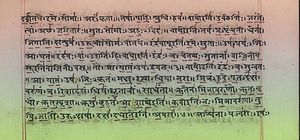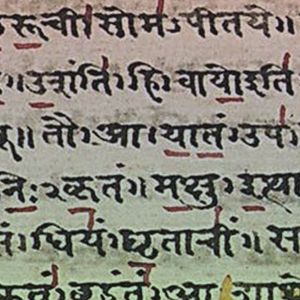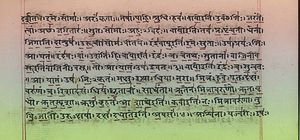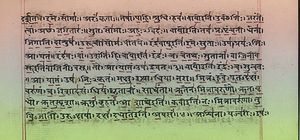(A) Umsetzen
Du kannst Aufgaben parallel angehen. Beginne zeitnah damit die Erinnerung frisch ist.
(B) Reflektieren
Reflektiere jede Praxisinspiration (i.a. nach der Praxis), Unterrichtsexperiment (i.a. nach dem Unterricht) oder Alltagsfokus (i.a. am Abend) aus den Aufgaben einzeln in Deinem Yogatagebuch .
(C) Zusammenfassen
Fasse dann Dein spannendstes Erlebnis oder Deine Entwicklungen bei oder mit der jeweiligen Aufgabe zusammen.
(D) Einreichen
Wenn Du alle Aufgaben vollständig zusammengefasst hast, kannst Du sie in einem einzigen PDF Dokument zum passenden Termin einreichen.
Zum Vertiefen
Wir möchten Dir mit diese Aufgaben helfen das Gelernte zu vertiefen und praktisch umzusetzen. Erst indem Du die neuen Ideen aus dem Aus- bzw. Weiterbildungstermin in der Praxis erprobst und damit Erfahrungen sammelst, kannst Du wirklich profitieren.
4 Aufgaben: 40 Inspirationen für 60 Tage!
Mit diesen 4 Aufgaben kannst Du innerhalb der kommenden zwei Monaten (60 Tagen) in insgesamt 40 Inspirationen das Gelernte vertiefen:
- 2 Mal 10 dynamische Praxisinspirationen (Aufgabe 1 und 2)
- 1 Mal 10 meditative Praxisinspirationen (Aufgabe 3)
- 1 Mal 7 Tage Alltagsfokus (Aufgabe 4)
Aufgabe 1: Praxis wie in der Ausbildungswoche (10 mal umsetzen und reflektieren) - dynamische Praxisinspiration
Erinnere Dich an Deine Mysore-Praxis der Ausbildungswoche und versuche diese umzusetzen:
- Wie weit hast Du in der Serie geübt?
- Welche Modifikationen hat Dir Dein Lehrer empfohlen?
- Wo waren die Vinyasas / Full-Form / Traditional-Form?
- Hast Du die Anjeneasana-Sequenz geübt? Wann in der Serie?
- Hast Du Deine Praxis mit therapeutischen Übungen begonnen?
- Lag Dein Augenmerk auf einem bestimmten Aspekt des Alignments?
Aufgabe 2: Self Counted Practice (10 mal umsetzen und reflektieren) - dynamische Praxisinspiration
Leite Dich selbst halblaut durch Deine Ashtanga Yoga Praxis:
- Versuche Dich zumindest während des ersten Teils Deiner Praxis (z.B. bis Pūrvottānāsana) selbst in Full Form anzuleiten.
- Wähle dabei die für Dich passende Übungsausführung (Modifikation).
- Nehme Dir vor Beginn der Stunde und danach einige Minuten Zeit um Dir schwierige Bereiche des Counts und der Mantren anzusehen.
- Achte besonders auf eine klare und möglichst korrekte Aussprache der Sanskrit Worte / Mantren.
- Achte besonders auf einen gleichmäßigen Rhythmus der Atmung. Möglicherweise möchtest Du ein Metronom als Hilfsmittel nutzen?
- Achte besonders auf den Unterschied zwischen Atemzügen (auch "Straßen") und Vinyasa-Zielpositionen (auch "Bushaltestellen").
Aufgabe 3: Pranayama (10 mal umsetzen und reflektieren) - Meditative Praxisinspiration
Setze die erlernten Pranayama Techniken als Einstieg in eine kurze Meditation um.
Aufgabe 4: Mit dem Sutra in den Alltag (Eine Woche mit täglicher Reflexion) - Alltagsfokus
Wähle Dir ein einzelnen Vers bzw. einen Sinnabschnitt aus den ersten beiden Kapiteln des Yoga Sutra, der für Dich besonders bedeutsam war. Schreibe Dir diesen Abschnitt aus dem Yoga-Sutra heraus. Reflektiere erneut über seine Bedeutung. Trage Deinen Aufschrieb für sieben Tage bei Dir und nehme Dir mindestens drei mal am Tag Zeit den gewählten Abschnitt zu lesen. Beobachte inwieweit der Abschnitt im Verlauf des Tages und der Woche für Dich seine Bedeutung verändern und in wieweit er einen Bezug zu Deinem Alltag oder Yogapraxis bekommen kann.
Zum Teilen
Hier hast Du Raum Bilder, Videos, Mitschriften und vieles mehr mit den anderen Yogis zu teilen.
Zum Nachlesen
Einige Informationen, die Dir helfen das Erlernte zu vertiefen und weiter zu entwickeln. Viel Freude beim Schmökern.



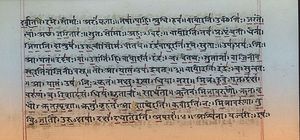
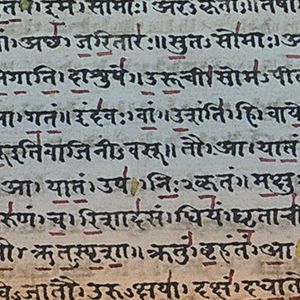
 Dr. Ronald Steiner
& more
Dr. Ronald Steiner
& more
